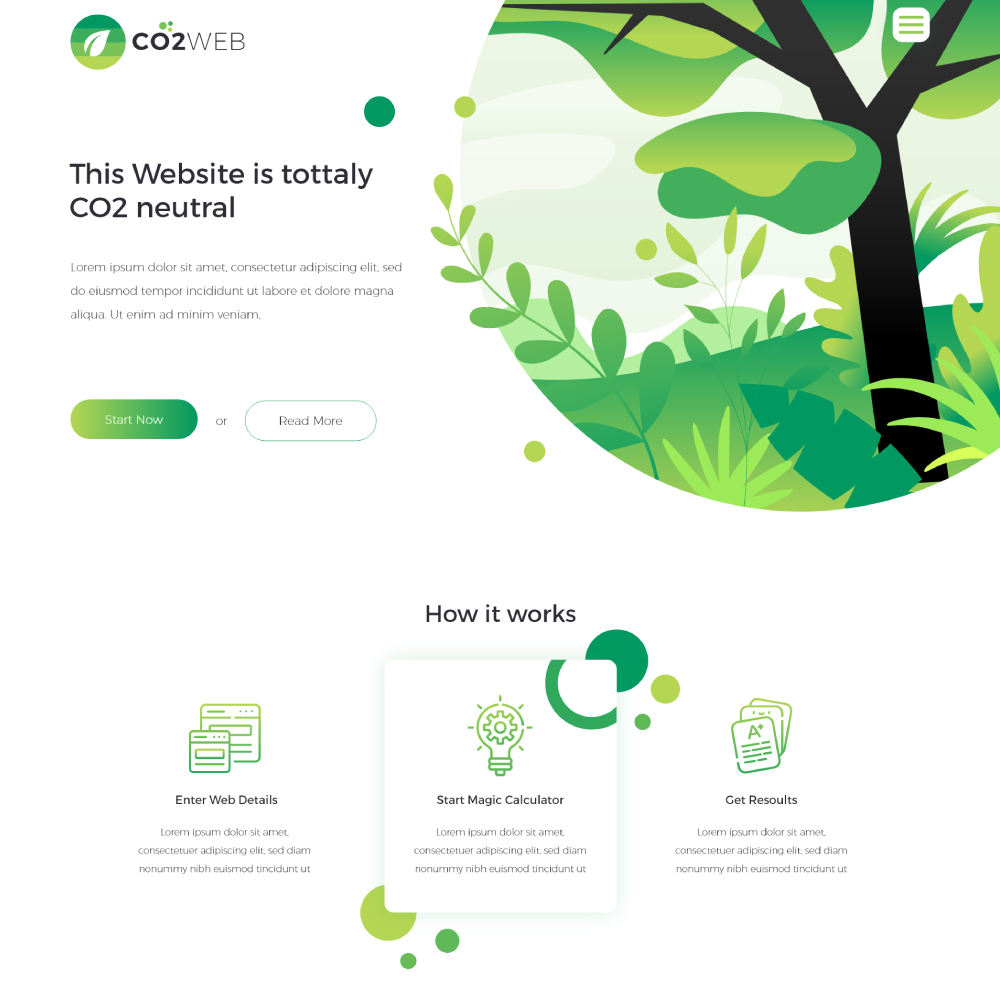In today’s digital age, web design plays a crucial role in creating online experiences that are not only visually appealing but also environmentally friendly. Sustainable web design focuses on reducing the carbon footprint of websites by optimizing performance, maximizing energy efficiency, and minimizing waste. In this article, we will explore the latest trends and best practices in sustainable web design.
1. Optimizing Performance
One of the key principles of sustainable web design is optimizing performance to reduce energy consumption and minimize environmental impact. This includes optimizing images, reducing server requests, and minimizing the use of external scripts. By improving website loading speed, you not only enhance user experience but also reduce the energy required to load web pages.
2. Maximizing Energy Efficiency
Another trend in sustainable web design is maximizing energy efficiency by leveraging renewable energy sources and utilizing green hosting services. By choosing web hosting providers that use renewable energy such as solar or wind power, you can significantly reduce the carbon footprint of your website. Additionally, implementing features like lazy loading and efficient code can further improve energy efficiency.
3. Minimizing Waste
To create a more sustainable web design, it is essential to minimize waste by reducing unnecessary elements on web pages. This includes optimizing CSS and JavaScript files, removing unused code, and utilizing efficient content delivery networks (CDNs) to reduce server load. By streamlining your website design and reducing excess elements, you can create a more environmentally friendly online presence.
4. Choosing Eco-Friendly Design Elements
When designing a sustainable website, it is important to choose eco-friendly design elements such as using high-quality images with a small file size, incorporating white space to reduce visual clutter, and utilizing responsive design to optimize for mobile devices. By selecting design elements that are both visually appealing and environmentally friendly, you can create a website that is sustainable and user-friendly.
5. Implementing Sustainable Practices
Aside from optimizing website performance and maximizing energy efficiency, sustainable web design also involves implementing eco-friendly practices such as reducing carbon emissions, using eco-friendly materials, and promoting environmental awareness. By adopting sustainable practices in web design, you can make a positive impact on the environment and contribute to a more sustainable future.
Conclusion
In conclusion, sustainable web design is an essential aspect of creating environmentally friendly online experiences. By optimizing performance, maximizing energy efficiency, minimizing waste, choosing eco-friendly design elements, and implementing sustainable practices, you can create a website that not only looks great but also contributes to a more sustainable future. Keep these trends and best practices in mind when designing your next website to make a positive impact on the environment.
